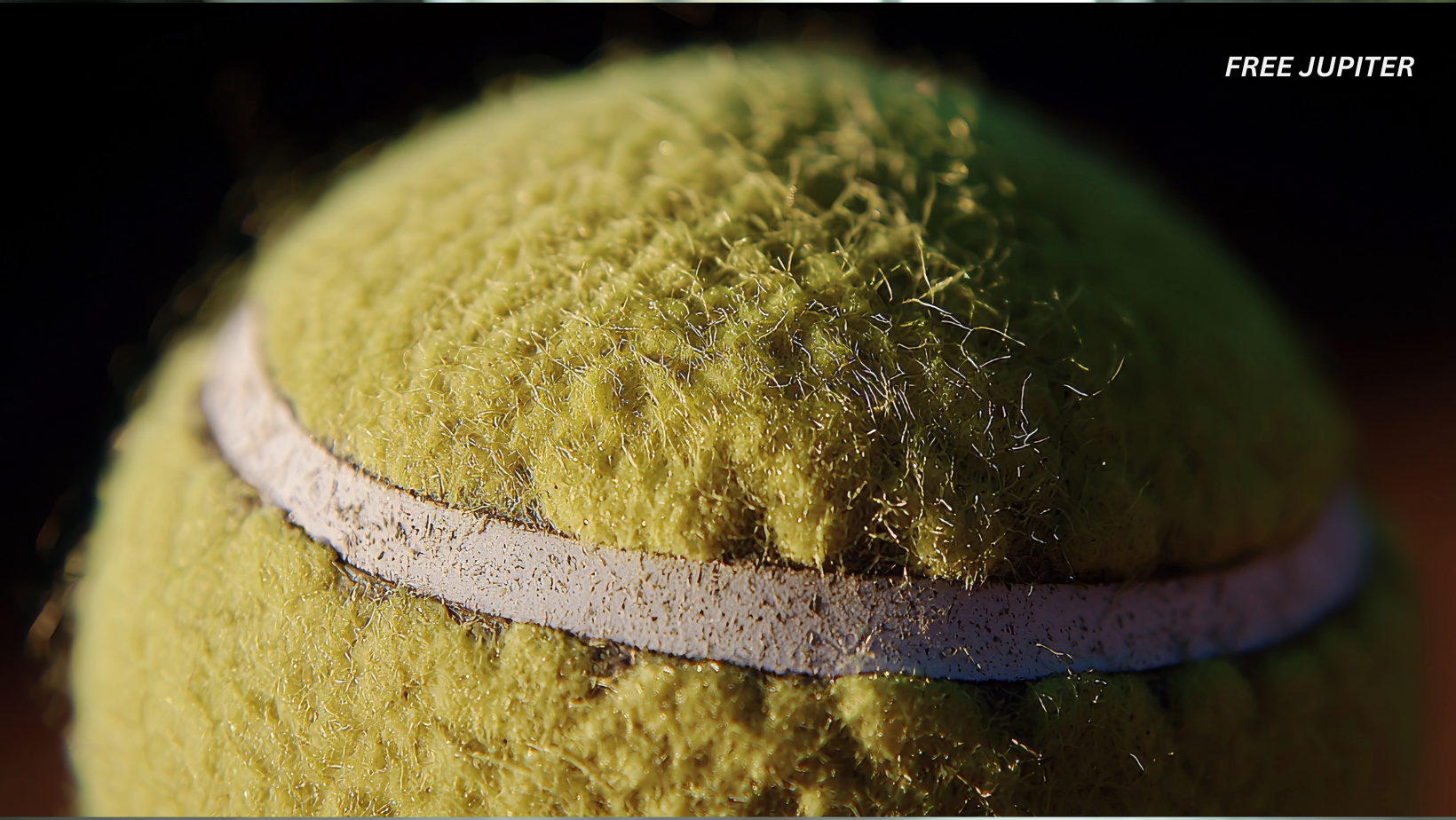Picture this: you’re lounging at home, a tennis ball within reach, and a question pops into your mind – how old is your body, not just your calendar age? It turns out, you don’t need a high-tech lab or a doctor’s appointment to get a clue. Instead, a simple squeeze of that tennis ball can offer surprising insights into your health and even your prospects for a long, vibrant life.
Why Grip Strength Matters More Than You Think
Grip strength-the force your hand can muster when squeezing or holding something-has quietly emerged as a powerful indicator of overall health. While it might sound like something only athletes or arm wrestlers care about, researchers have found that how hard you can squeeze says a lot about your body’s resilience. In fact, a robust grip is linked to lower risks of chronic conditions and may even hint at your chances of reaching the century mark.
The Science Behind the Squeeze
Studies have shown that grip strength isn’t just about muscle; it’s a window into your body’s vitality. Weaker grip is associated with frailty, and research has connected it to conditions like diabetes, cognitive decline, and even heart issues. One study from Norway discovered that octogenarians and nonagenarians with stronger grips were more likely to celebrate their 100th birthday than their weaker – handed peers.
But why does this matter? As we age, our muscles naturally lose mass and strength – a process that often begins around age 50. This gradual weakening can be sped up by factors such as poor nutrition, chronic illness, or even changes in brain function that make it harder to coordinate movement.
Read more: The Truth About Apple Cider Vinegar: Health Perks, Risks, and Recommended Dosage
A Tennis Ball: Your At-Home Health Barometer
Forget expensive gadgets. According to Joshua Davidson, a researcher at the University of Derby, you can check your grip strength at home with nothing more than a tennis ball or a stress ball – anything you can squeeze without discomfort will do.
Here’s how to try it:
- Sit comfortably and grab your tennis ball.
- Squeeze it as hard as you can.
- Hold the squeeze for as long as possible, timing yourself until your grip gives out.
If you can keep up a strong squeeze for 15 to 30 seconds, you’re hitting a solid benchmark. Not only is this a fun party trick, but it’s also a meaningful way to monitor your physical health over time.
What Does Your Grip Say About Your Future?
Grip strength has become such a trusted health marker that some experts consider it more telling than blood pressure when it comes to predicting overall longevity. Research has linked weaker hand strength to everything from metabolic issues to sleep troubles and even faster biological aging, as measured by changes in DNA.
Dr. Nathan LeBrasseur, who leads aging research at the Mayo Clinic, suggests that everyone should start keeping tabs on their grip strength by age 45. This is typically when muscle decline starts to pick up speed, and being proactive can help stave off age-related declines.
How to Track Your Progress
You don’t need to obsessively test yourself every day, but checking your grip or your ability to climb stairs every few months can be a smart move. If you notice your results slipping, it’s worth mentioning to your healthcare provider. While grip strength isn’t a crystal ball, it can signal underlying issues that deserve attention.
Not Just for the Elderly: What About Younger People?
While grip strength is often discussed in the context of aging, it’s relevant for all ages. Studies on young athletes, such as tennis players, show that grip power increases with age and maturity, especially during puberty. For example, older and more physically mature young players consistently outperform their peers in grip tests, highlighting the role of both age and development in building strength.
Three Flavors of Grip Strength-and How to Build Them
If your tennis ball test reveals room for improvement, don’t worry. Grip strength isn’t set in stone, and you can boost it with targeted exercises. Fitness experts break grip strength down into three main types:
- Crush Grip: The force needed to squeeze something between your fingers and palm. Try squeezing a tennis or racquet ball three times per hand, or wringing out a wet towel in both directions for three sets.
- Pinch Grip: The ability to hold an object between your thumb and fingers. Practice by gripping a weight plate with just your fingers and thumb, holding it by your side for 20 to 30 seconds.
- Support Grip: The stamina to hold onto something for a while. Hang from a pull-up bar as long as you can, or carry heavy bags until your hands tire.
According to the Physical Activity Guidelines for Americans, adults should aim for at least 150 minutes of moderate activity each week, plus two days of muscle-strengthening exercises. Adding grip exercises to your routine is a simple way to meet these recommendations and support healthy aging.
A Simple Handshake Can Speak Volumes
You might not realize it, but even a handshake can reveal a lot about your muscular health. Medical professionals sometimes use the firmness of a handshake as a quick check for muscle loss, known as sarcopenia. A limp or incomplete grip can be a red flag for underlying issues.
Beyond the Hand: What Else Can Affect Grip?
While muscle decline is a natural part of aging, certain factors can speed it up:
- Poor Nutrition: Not getting enough protein or calories can lead to muscle wasting.
- Chronic Illness: Conditions like diabetes can interfere with muscle health and function.
- Cognitive Changes: Brain conditions that affect movement or coordination can also impact grip.
By keeping an eye on your grip, you’re not just measuring hand strength-you’re monitoring your overall well-being.
Read more: New Discovery Prompts Scientists to Warn of Escalating Brain Health Threat
The Bottom Line: Don’t Let Go of Your Health
The humble tennis ball, often relegated to the back of a closet or a game of fetch with the dog, can be a surprisingly powerful tool for self-assessment. With a simple squeeze, you can check in on your body’s strength, spot early signs of decline, and take action to preserve your vitality.
If your grip isn’t what it used to be, don’t panic. Small, consistent efforts can make a big difference. Whether you’re wringing towels, hanging from bars, or just squeezing that tennis ball during your favorite show, you’re investing in a healthier, more resilient future.
So, the next time you spot a tennis ball, give it a squeeze – you might just be holding the key to a longer, stronger life in the palm of your hand.
Quick Tips for a Stronger Grip
- Squeeze a ball or towel regularly.
- Add grip exercises to your workout routine.
- Stay active and eat a balanced diet.
- Track your progress every few months.
- Talk to your doctor if you notice a decline.
Your hands, it turns out, might know more about your health than you think.










